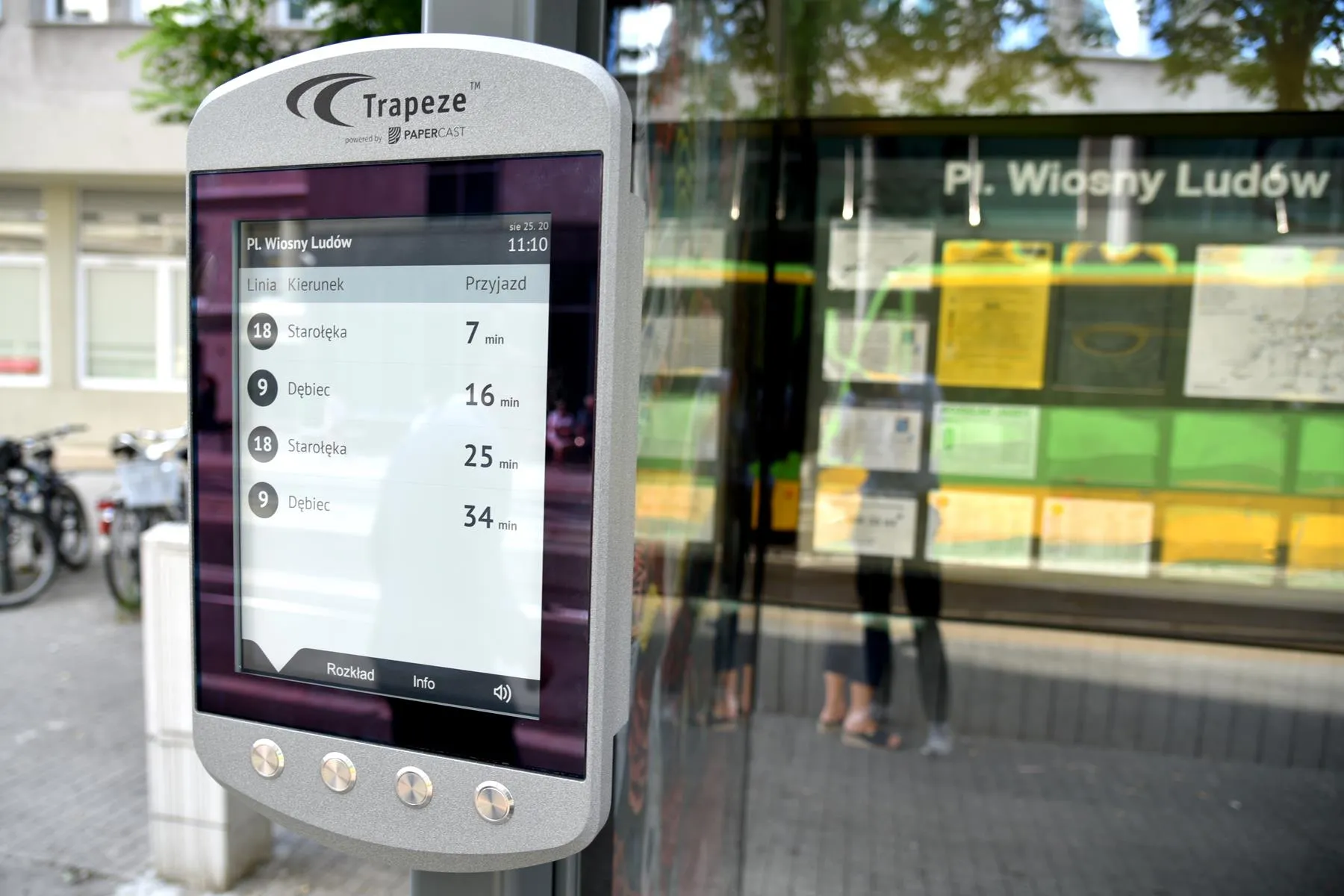ADVA Optical Networking has successfully completed a rigorous trial of its 400Gbit/s coherent data centre interconnect (DCI) technology with the Poznan Supercomputing and Networking Centre (PSNC), conducted over 385 kilometres of fibre between two research and education centres in Poznan and Warsaw.
The ADVA FSP 3000 CloudConnect with its unique DCI technology transported data continuously for 14 hours without any block errors. ADVA Optical Networking used software-defined optics to deliver flexible data
September 25, 2015
Read time: 1 min
ADVA Optical Networking has successfully completed a rigorous trial of its 400Gbit/s coherent data centre interconnect (DCI) technology with the Poznan Supercomputing and Networking Centre (PSNC), conducted over 385 kilometres of fibre between two research and education centres in Poznan and Warsaw.
The ADVA FSP 3000 CloudConnect with its unique DCI technology transported data continuously for 14 hours without any block errors. ADVA Optical Networking used software-defined optics to deliver flexible data rates and modulation, meaning the network can intelligently scale from 200Gbit/s to 300Gbit/s to 400Gbit/s and from QPSK to 8QAM to 16QAM as required.
The ADVA FSP 3000 CloudConnect with its unique DCI technology transported data continuously for 14 hours without any block errors. ADVA Optical Networking used software-defined optics to deliver flexible data rates and modulation, meaning the network can intelligently scale from 200Gbit/s to 300Gbit/s to 400Gbit/s and from QPSK to 8QAM to 16QAM as required.









